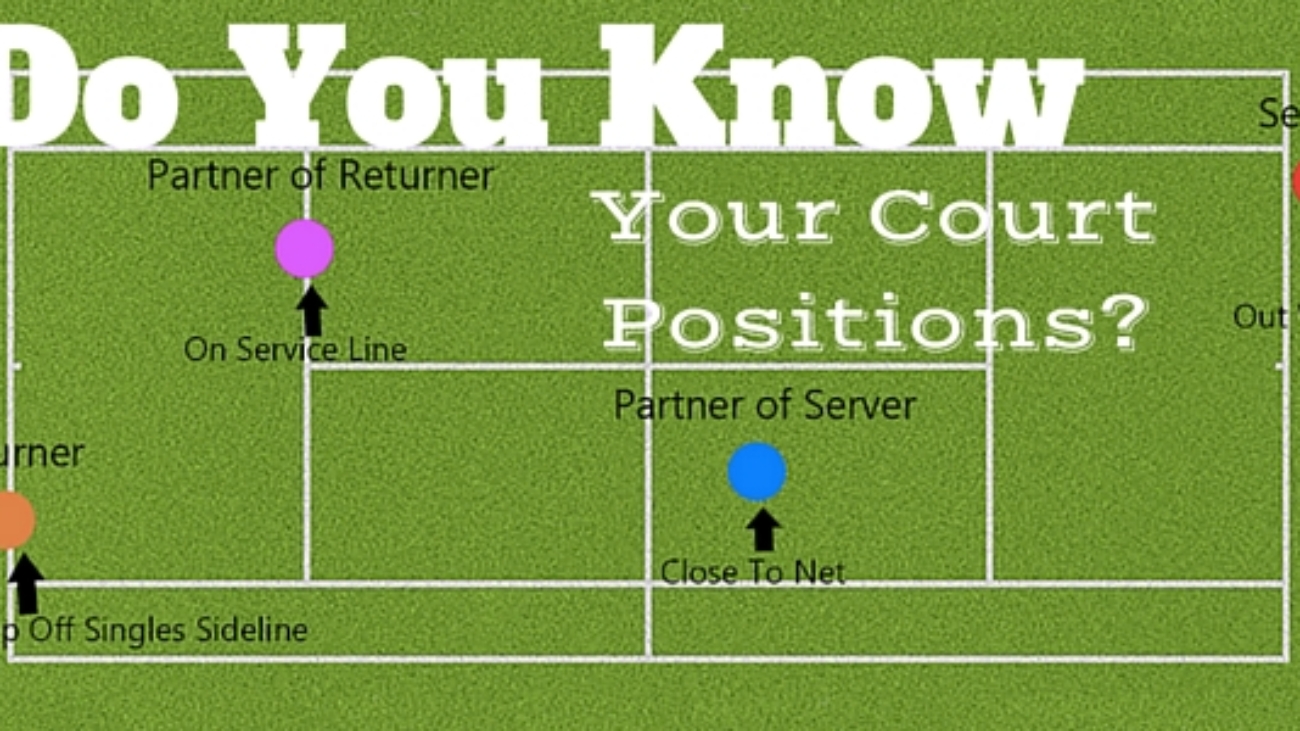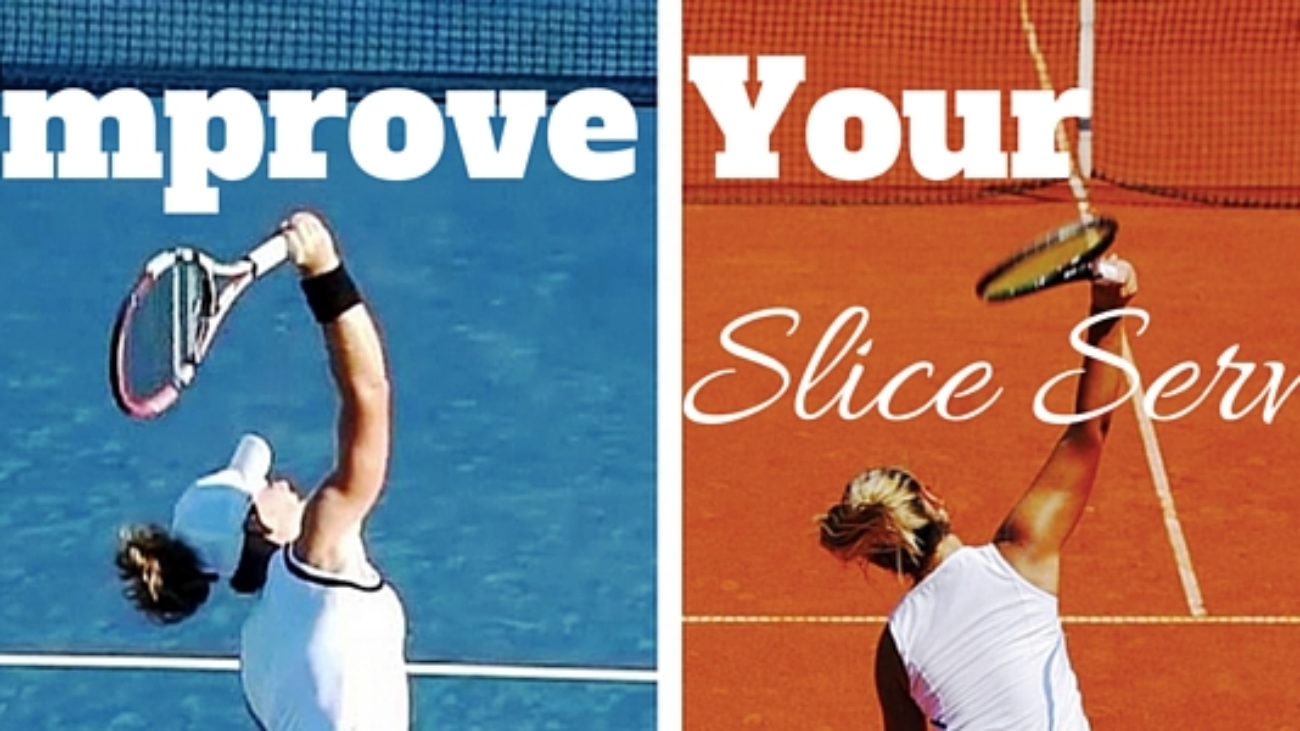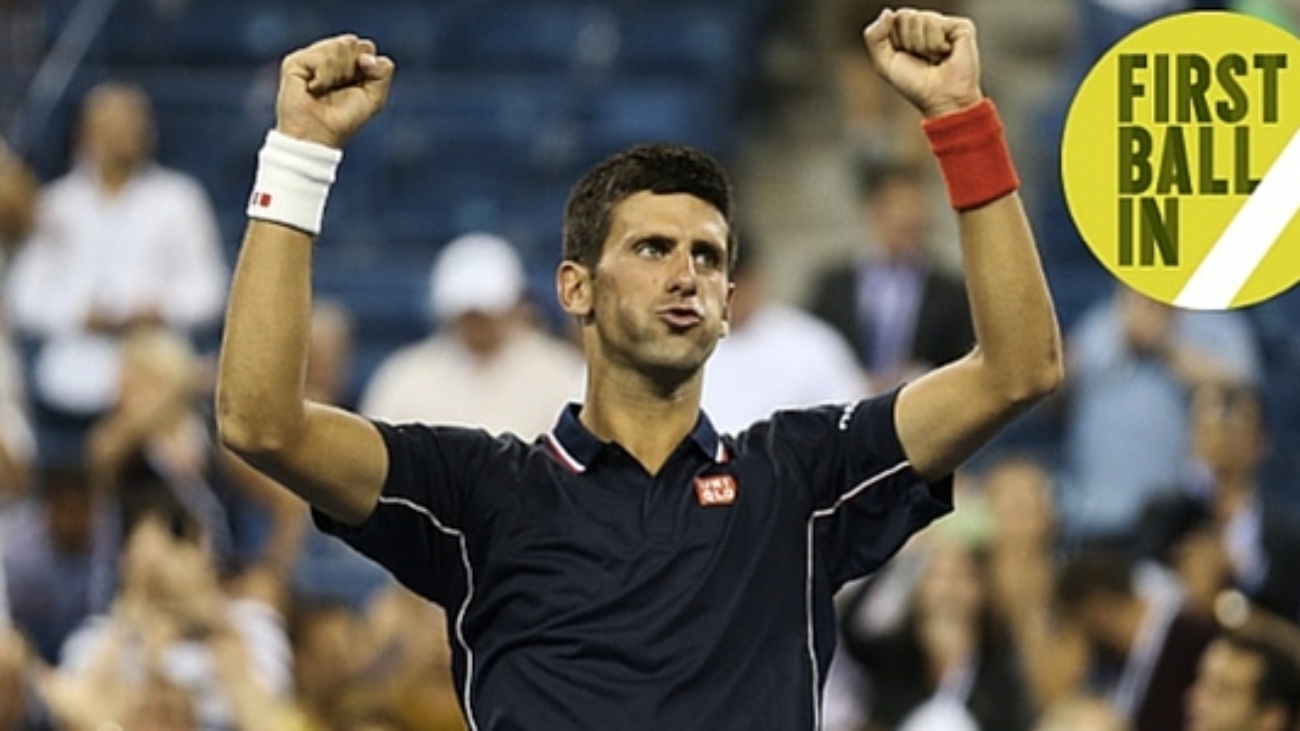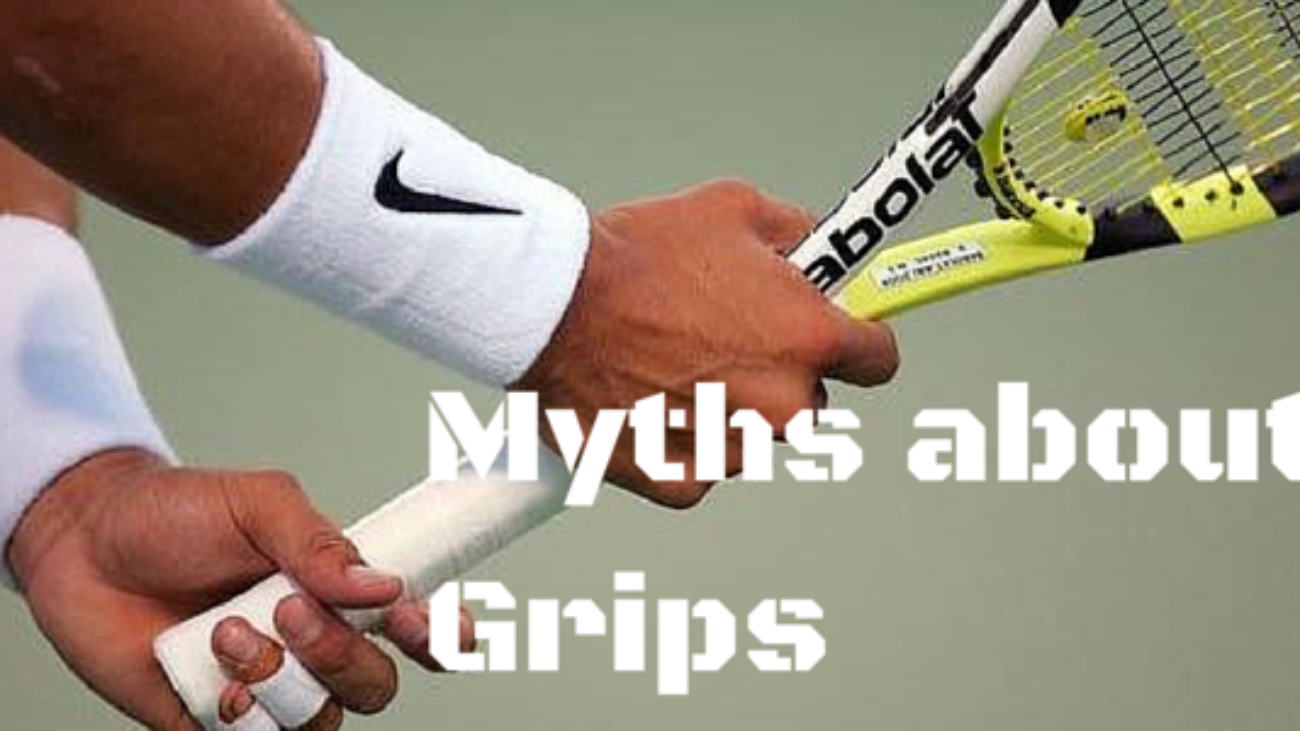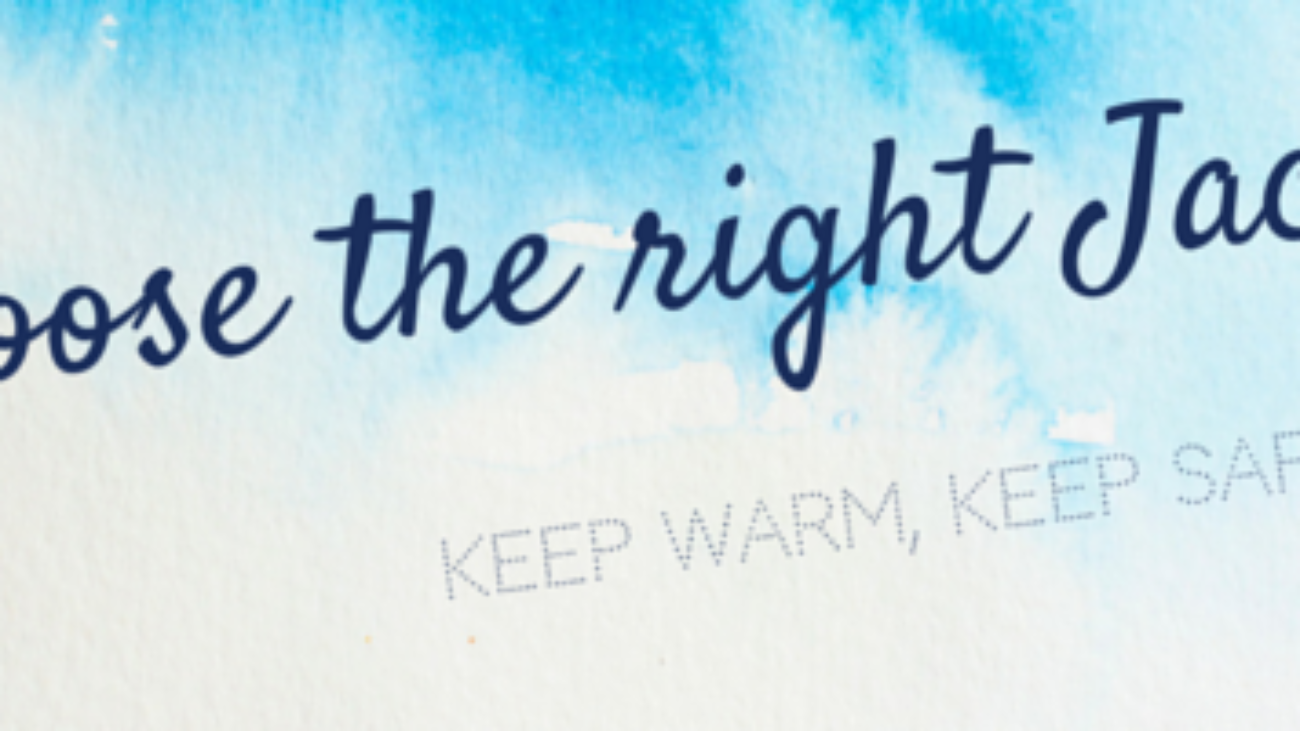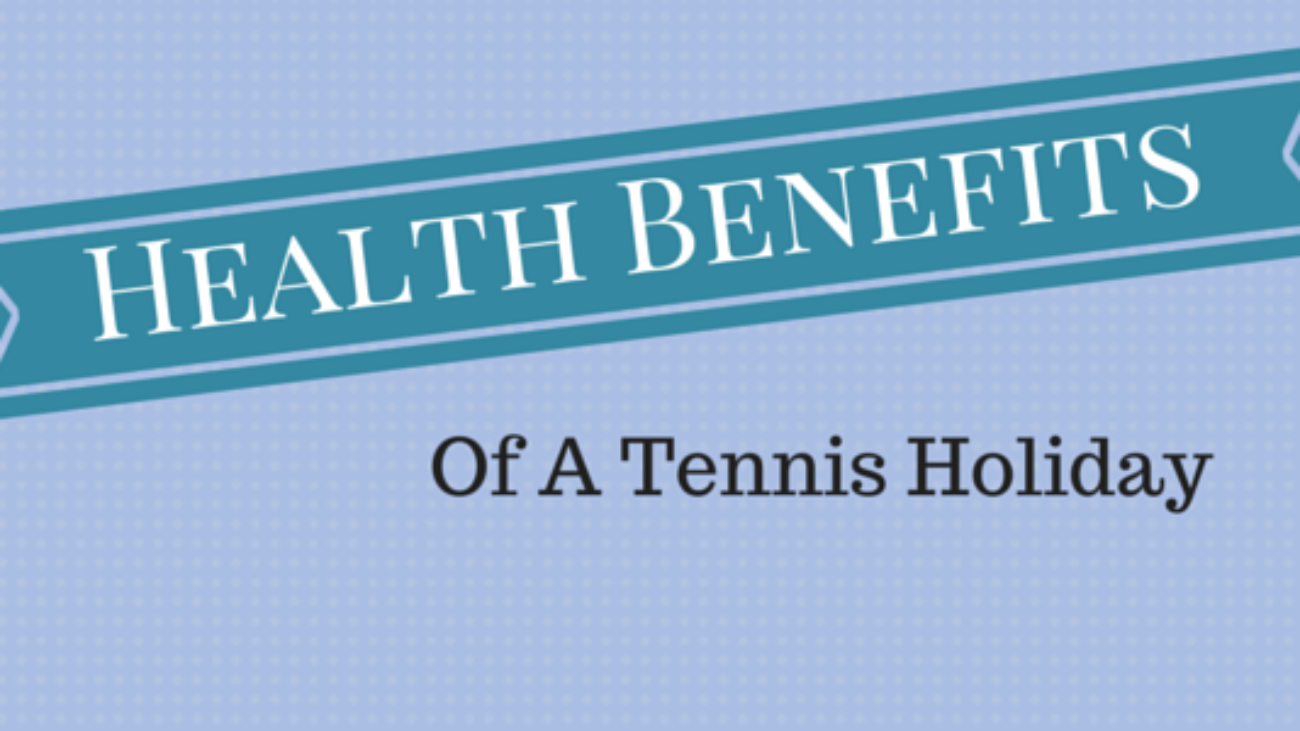Active Away Blog March – Flying Travel Tips!
I’m currently onboard an Easyjet flight to Sofia – heading out to Bansko for our Skiing weeks. After many years of flying, both long and short haul, I’ve found there’s certain things I do to help make my journey a little easier, and wanted to share those with you.
Flying has definitely become far less glamorous than in say the 70’s or 80’s with the general consensus of Airlines being ‘low cost, ontime, no frills.’ This allows much more of the population to venture abroad than before, something that I believe is fantastic!
I’ve outlined 10 of my ‘top flying travel tips’ below…
1) Purchase a ‘1 Size Fits All’ carry on bag!
Many airlines (including BA) offer ‘hand baggage only fares.’ This means that when booking, the price excludes a check in bag/suitcase (normally around 20kg) and you will be charged extra for this. Fortunately when travelling with Active Away, this is included in the price of your holiday! However if you are flying short haul quite a lot, you can take advantages of some cheap fares by packing everything you need in your carry on bag and saves you paying for a bag which is normally around £50.
N.B. Buy a carry on that can be accepted in by all Airlines – sizes do differ from Airline to Airline, I would personally recommend the: Stratic Suitcase Agravic, which is currently able to fit in every hand baggage allowence.
2) Check in Online
An obvious one that will save you time at the airport is to check in online. All you require is your ‘booking reference number’ and surname, enter these on the airlines website and simply follow the steps. Some airlines, for example Easyjet require you to check in online before you travel.
3) Mobile Boarding Passes
I love my iPhone, and am a big Apple geek, and keep discovering it’s capabilities! With the latest iPhone software, inbuilt is an app called ‘Passbook’ which allows you to save your boarding pass to your phone. I hate being unorganized and having loads of paper in my pockets. Most airlines now offer a service whereby you can download your boarding pass to your phone, and simply use that at the airport to scan and board with. I find it really handy, as I have actually ended up loaing my boarding card before, and you can also keep a record of your trips!
4) Give yourself time!
I find airports intriguing and also strangely productive. I don’t like to be rushed, so tend to give myself time to grab a coffee and do some work on the laptop. You may find there are long queues at security or at the check in desk, so allow for this!
5) Use public transport to get to the airport!
Most airports in Britain now have a pretty good transport link to the nearest city. With parking prices consistently increasing, I find travelling to the airport on the train a very relaxing and cheap experience. I ‘persuade’ a family member/friend to provide a 10 minute drive to Sheffield train station, where I can catch my train directly to Manchester Airport, all for £17.50 return, with a reserved seat and no stress of driving!
6) Join the Rewards Club/Airmiles
I tend to travel on British Airways and Emirates fairly regularly and am a member of both of their rewards schemes (free to join). Everytime you travel just remember to claim your miles, and before you know it you’ll have a free upgrade! British Airways is known as one of the most generous rewards schemes with their ‘Avios’ system.
7) Ask the question + Be polite!
Being 6 foot 2, sometimes it’s nice to have a little extra legroom on the flight! I always speak to the person at the check in counter and see if they have extra legroom available (for free). I would guesstimate the success rate to be around 50% and has provided me with a little more comfort! Ask the cabin crew again when you are on the plane, as if the extra leg room seats aren’t sold they will often tell you that you are able to take the seat after takeoff.
The amount of times I’ve seen customers be rude to try and get around a situation (delays/cancellation/seat change etc) astonishes me. The chances are you aren’t going to change things anyway, so being rude is going to get you nowhere!
8) Bring Entertainment!
Yes, if you are travelling on your own, flights can be monotonous and boring, so do bring some kind of multimedia device. Ipads/Mp3 players/Laptops can save you from boredom! Alternatively if you are travelling with friends discuss your upcoming trip!
9) Food/Drink
Accept that you will pay more! I like to eat well before I get to the Airport, as I know that the chances are if I find I require a snack I end up out of pocket!
My personal highlights were paying £3.50 for a bottle of water in Amsterdam Airport, and a slice of Pizza at Dalaman Airport for £8.00!
10) Airport Security
This is a point of frustration for me – I’m the person that always gets their bag searched and gets frisked!
Be prepared – you know you have to take your laptop out of your bag, your belt off, and your coat/jacket off – so do it before you get to the desk! If everyone was to do this, Airport security would move a lot faster (even if they do frisk me!)
I hope you enjoyed my tips!
If you have any questions please feel free to email me: josh@wordpress-695341-2303067.cloudwaysapps.com
Look forward to seeing you on a flight soon!
Josh Thompson


